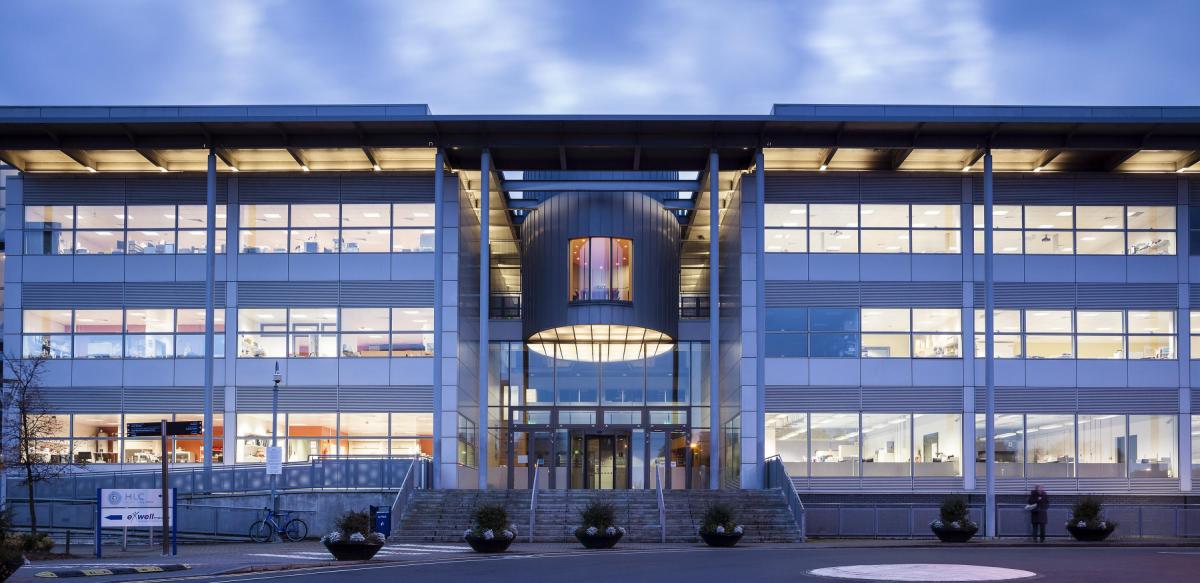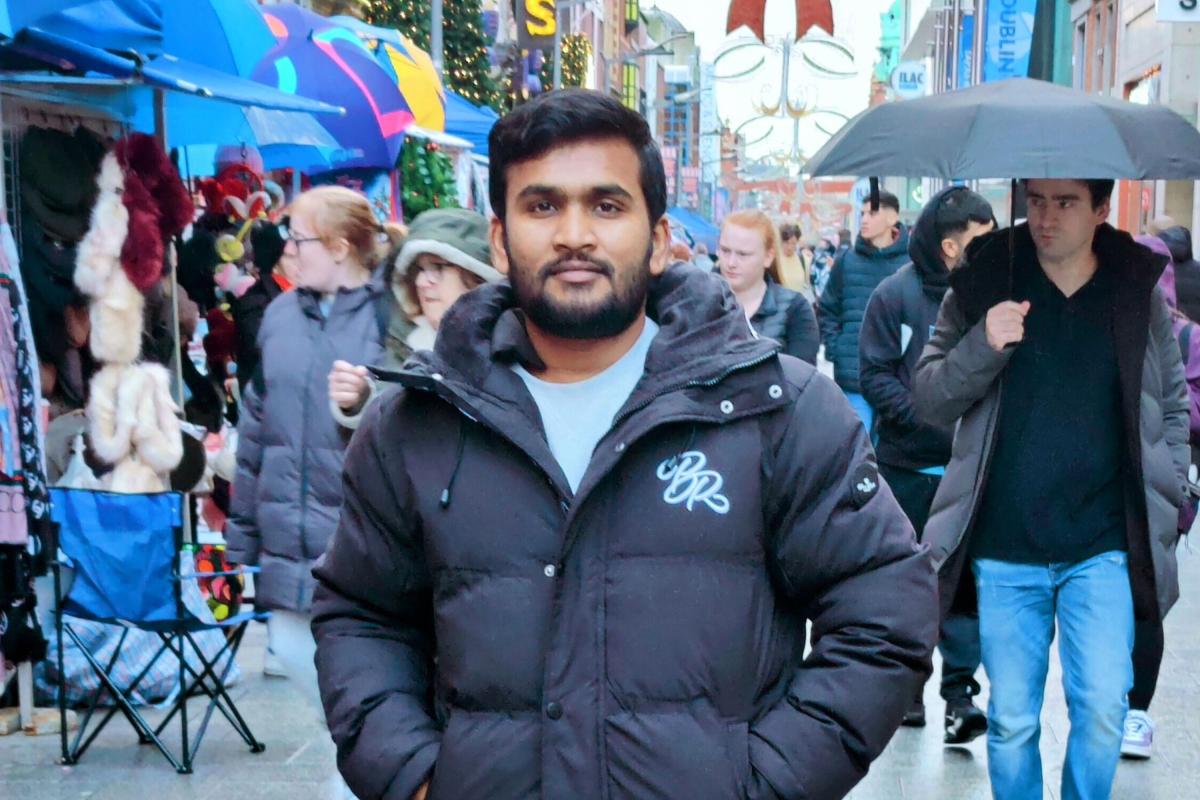

Advances in Additive Manufacturing on Erasmus + Exchange Programme
Additive manufacturing involves printing layer upon layer of extremely thin metal sheets to create solid parts. In other types of manufacturing, engineers may use die cast mouldings, where molten metal is poured into a mould and allowed to cool thus forming the final product. In contrast, additive manufacturing involves using laser fusion to build these parts layer by layer, with each layer measuring just a few microns.
In this field, time is money. Discarding products and parts due to faults and recalibrating machinery leads to time being wasted. “Anomalous points in that process cause porosity, porosity leads to cracks, and ultimately that leads to fatigue and compromise in the mechanical properties of that particular part.” says Danish Inam, a participant in an Erasmus + research exchange at Dublin City University.
His research uses an artificial intelligence algorithim to detect these faults and reduce the risk of costly errors or discarded parts.

At the moment, Danish’s data set is based on readings from a single machine, but his algorithm can be generalised, due to the simplicity of the data he requires.
“The paper I’m working on right now concerns simpler parts, solid shapes such as cubes and cylinders. I have made the porosity detection record for these, and I am planning to go for more complex lattice structures as well.”
In addition, Danish wants to develop AI that can detect these anomalies in real time, or even predict issues and adjust machines accordingly.
‘My ultimate goal is to develop an AI algorithm that can detect the anomalies, or that can project the anomalies during the manufacturing process. And then it can tell the machine to update parameters based on those anomalies so that the process can keep going on.”
“The main goal is to prevent the loss of material and the loss of precious time and money. Making these additive manufactured parts cost a lot of money, because the machine is very expensive to run, and the process is very time intensive. There is a lot more potential in this project.”
In addition to advancing his research, Danish also spending six months living in Ireland. “I have met people from different countries, in my research group. Some of my supervisors are Irish, they are very friendly people, very caring.”
“A lot of people have motivated me to, pursue my career here in Ireland. That was very welcoming and overwhelming for me.”
